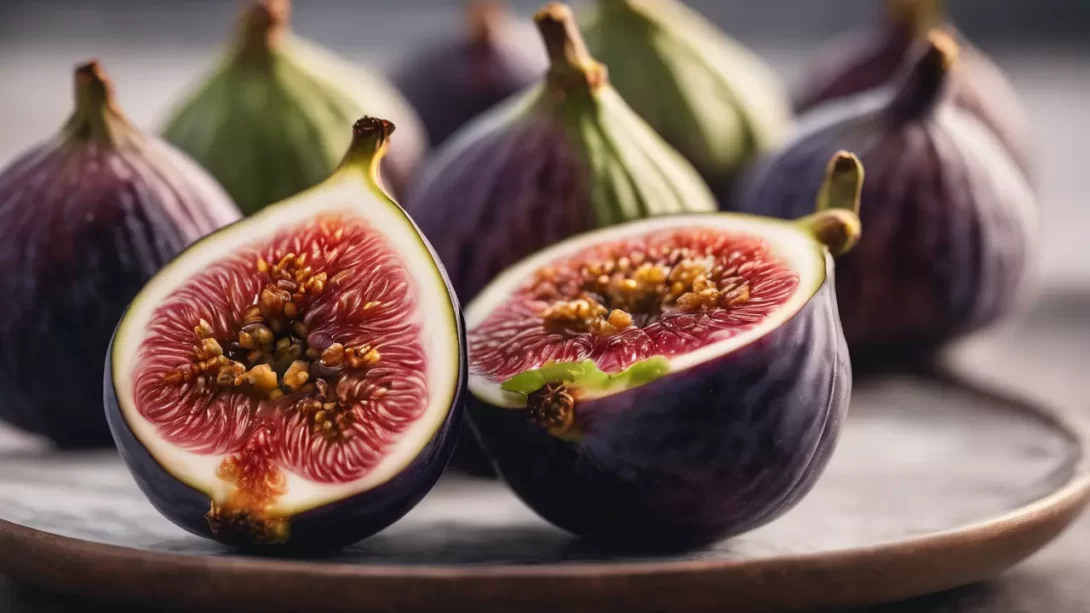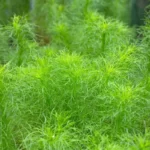Figs are a unique and luscious fruit enjoyed by many around the world. Recognized for their sweet taste and soft texture, figs are a staple in both fresh and dried forms. Knowing when figs are ripe is key to enjoying their full flavor and nutritional benefits. This knowledge is especially crucial for those who grow figs, as the timing of harvest significantly impacts the quality of the fruit.
Identifying Figs
Figs, part of the Ficus family, have a distinct appearance. They are not actually fruits but inverted flowers, which gives them their unique structure. Commonly grown varieties include Brown Turkey, Mission, and Kadota, each with its own specific characteristics. Generally, figs are pear-shaped and come in various sizes and colors, ranging from green to purple and brown.
Signs of Ripeness in Figs
The most evident sign of a ripe fig is a change in color. Unripe figs are usually small and green. As they mature, they enlarge and their skin changes color. For instance, Brown Turkey figs turn a coppery-brown, while Mission figs take on a deep purple hue. The color transition is a primary indicator that they are approaching ripeness. Another key sign is the texture. Ripe figs are soft to the touch, yielding slightly to gentle pressure. However, if they are too soft or mushy, they might be overripe. The size also increases noticeably as they ripen, with the fruit becoming more plump and heavy.
Variety-Specific Ripeness Indicators
Each variety of fig has its own specific indicators of ripeness. For example, Brown Turkey figs, known for their brownish-copper color and sweet flavor, droop slightly on the tree when they are ripe. Mission figs, with their deep purple, almost black color, become more bulbous and may develop a crack in the skin when they’re at peak ripeness. Kadota figs, recognizable by their greenish-yellow color, become less green and more yellow, and they soften considerably when ripe. Understanding these varietal differences is important for accurately determining the best time to harvest.
The Role of Scent in Determining Ripeness
Scent is an often overlooked but valuable indicator of fig ripeness. As figs ripen, they start to emit a sweet, fruity fragrance. This aroma becomes more pronounced as they reach full maturity. If there’s no scent, the fig might still need more time to ripen. On the other hand, if the smell is overly sour or fermented, it may indicate overripeness or spoilage. Gently sniffing figs can provide additional clues to their readiness for consumption.
Harvesting Ripe Figs
When it comes to harvesting figs, timing and technique are crucial. Ripe figs should be picked gently to avoid bruising. They detach easily from the tree when they are ready, often requiring just a slight lift or twist. It’s important to harvest them at the right moment, as figs do not continue to ripen significantly once picked. Overripe figs can attract insects and spoil quickly, so regular monitoring and timely harvesting are key. After picking, handle figs with care, as they are delicate and can be damaged easily.
Handling and Storing Figs Post-Harvest
Once harvested, ripe figs should be handled with care due to their delicate nature. They are best consumed soon after picking, as their shelf life is relatively short. If you need to store them, place the figs in a single layer on a tray or shallow container to prevent them from crushing each other. Refrigeration can help extend their freshness for a few days, but be aware that cold temperatures may alter their texture slightly. For longer storage, figs can be dried or preserved.
Enjoying Ripe Figs
Ripe figs offer a burst of sweetness and a soft, jam-like texture, making them a delightful addition to various culinary creations. They can be enjoyed fresh, added to salads, baked into desserts, or paired with cheeses and meats for a savory contrast. The unique flavor profile of ripe figs also makes them a popular ingredient in jams, preserves, and sauces.
Conclusion
Recognizing when figs are ripe is a combination of observing color changes, assessing texture, and noting the scent. Each variety of fig has its own set of ripeness indicators, making it important to familiarize oneself with the specific characteristics of the figs being grown or purchased. By understanding these signs, you can enjoy the full flavor and richness that ripe figs have to offer. Whether eaten fresh or used in cooking, ripe figs are a delightful treat that encapsulates the essence of sweetness and natural goodness.




